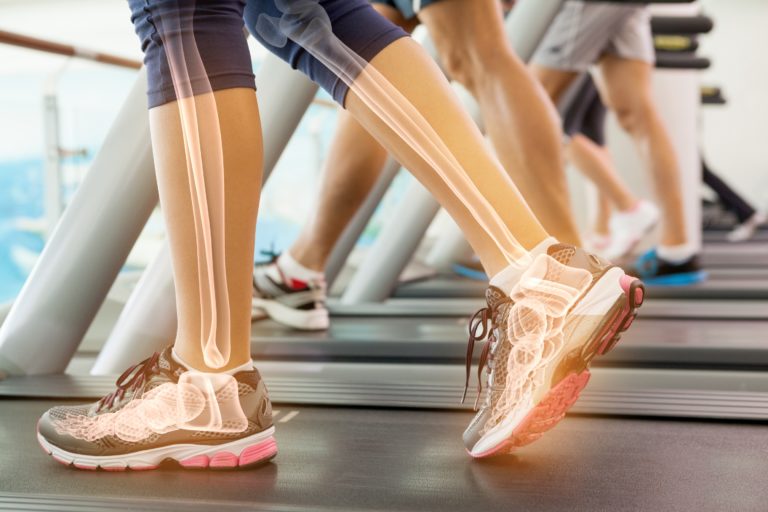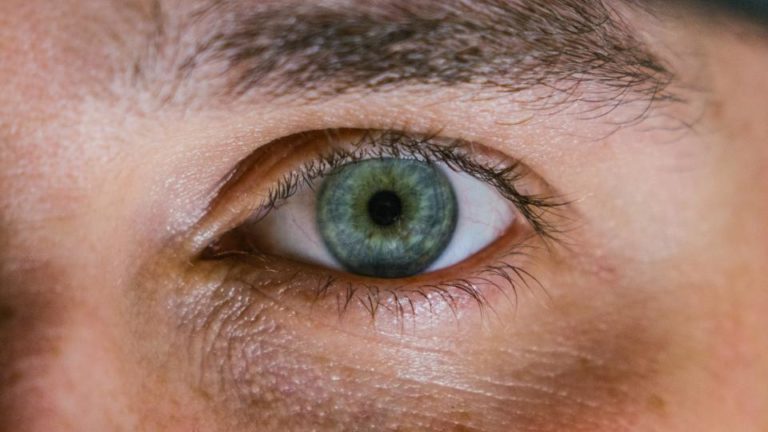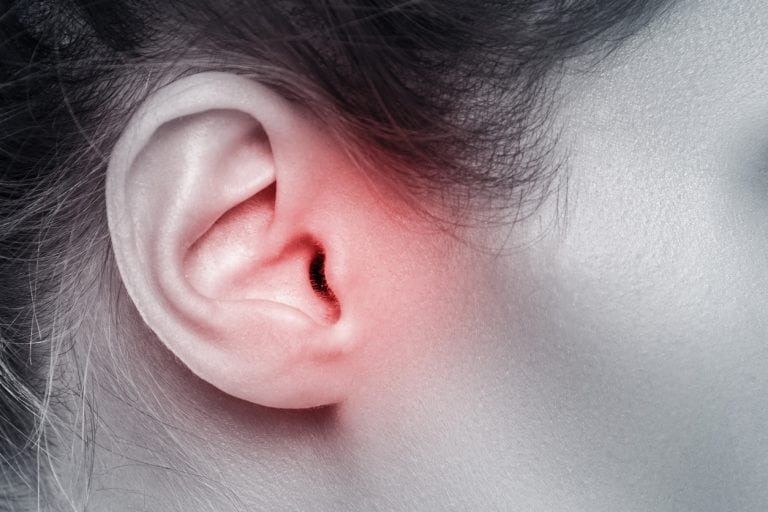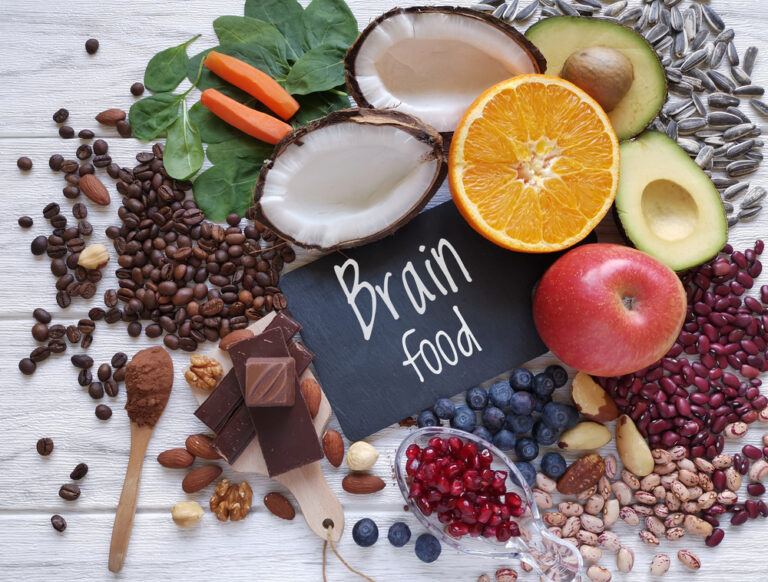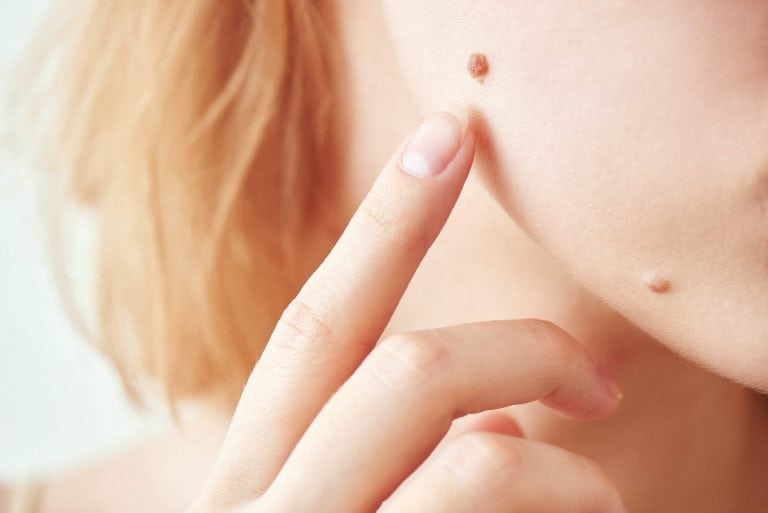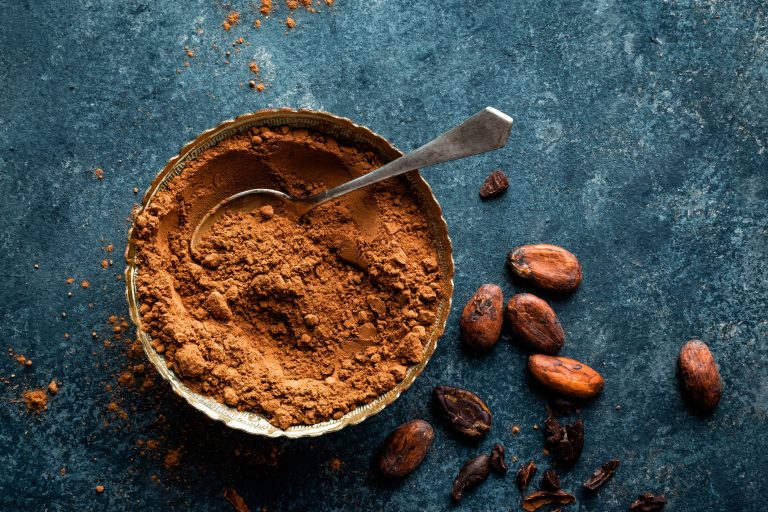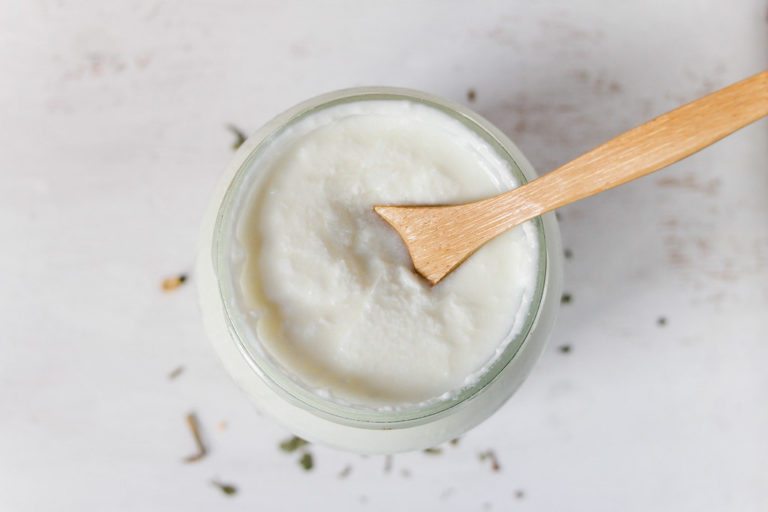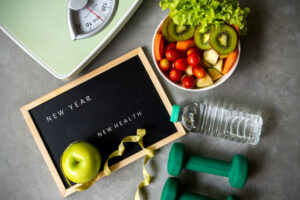If you start your day with good intentions but end up diving into a hefty slice of a coworker’s birthday cake or a supersized burrito bowl, use these pro tips to spot—and resist—those daily invitations to overeat.
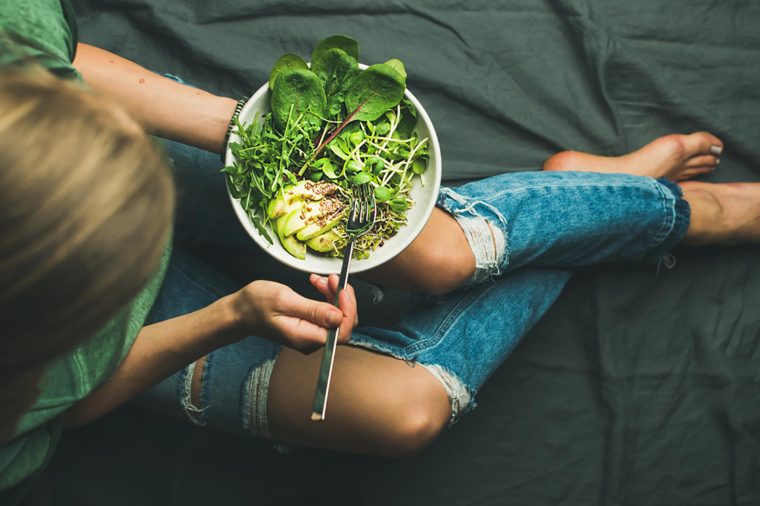
Labeling a meal as “healthy”
There are plenty of reasons why you overeat when you aren’t hungry. But how can being hungry and trying to make a healthier choice lead to accidental overeating?
When you eat something you think is healthy on the menu, chances are you’ll feel less guilty about eating it. And with less guilt surrounding a meal, you’re actually more likely to eat too much! Studies show that we consistently underestimate the calorie content of foods we think are healthy, and then overeat them because we feel like we’re making a great choice for our health.
How to fight back:
Always pay attention to your hunger and fullness cues, even when you’re eating healthy fare. Eat slowly and put your fork down after every few bites, and stop when you’re satisfied, not stuffed.
If you’re choosing between the spaghetti and meatballs that you’ll really enjoy and the spinach salad that you won’t feel guilty about, occasionally opt for the pasta, eat it with appreciation, and stop when you’re satisfied. You’ll likely end up eating fewer calories than you would if you’d scarfed down a bucket of salad—probably with fattening extras like croutons or cheese or candied nuts.
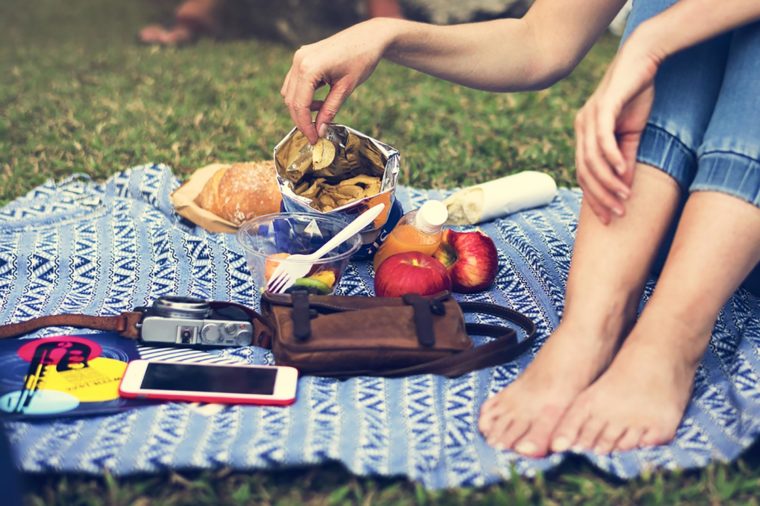
Snacking from the bag
When you have a full bag of nuts, popcorn, or other snacks in front of you, it’s all too easy to keep reaching your hand in to grab a few at a time. And before you know it, you’re touching down on bag-bottom.
When you’ve got a whole container in front of you, it’s nearly impossible to gauge how much you’ve eaten until you’ve surprised yourself by making it disappear. Don’t get tricked into eating the whole container simply because you’ve got the whole container in front of you!
How to fight back:
When you buy a family-sized container of something, separate it out into individual serving sizes—in baggies or small plastic containers—before you eat any of it. When you want to snack on the pretzels, peanuts, or whatever you’ve portioned out, grab one serving and step away from the rest. It’s much easier to resist grabbing another handful of something when it means getting up and heading back to the cupboard.

Eating desserts when they appear at work
We all have that one coworker who likes to drop a box of doughnuts in the office kitchen or bake a batch of cookies to share with everyone. Not to mention the birthday cakes and other celebratory desserts that seem to show up constantly. When that happens, it’s easy to justify snagging a treat by saying “well, I don’t do this every day…” But do you do it every time pastries appear at work?
Eating when the opportunity arises, rather than when you’re actually hungry, is another way we get tricked into overeating the exact foods we want to be avoiding. Don’t let the pleasant surprise of food’s appearance trick you into thinking you should be eating it.
How to fight back:
Pack your lunch and snacks and stick to them! Politely decline when cookies or other desserts are passed your way, and grab your healthy snack then. Remind yourself that the treats will disappear whether you’re involved or not, and you weren’t expecting to eat a treat anyway, so you can move on with your routine, pretending like they weren’t there to begin with. You could also speak to your workplace to see if they’d be open to celebrating special events in healthier ways.
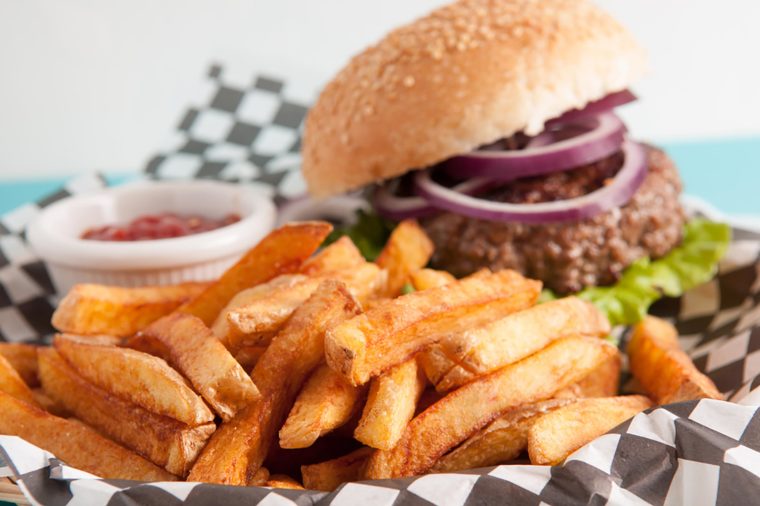
Ordering a combo meal
When you’re on the hunt for a good deal, ordering a combo feels like hitting the jackpot—you get more food for less money! But that combo meal is a raw deal for your waistline. Research from Duke University shows that when you order a combo meal you end up eating 100 to 130 more calories often without even realizing it.
How to fight back:
Simply stick to the main dish or side you were eyeing and grab a cup for water. Saving a few cents on a combo meal at the expense of overeating isn’t worth it if your goal is to keep your weight in check!
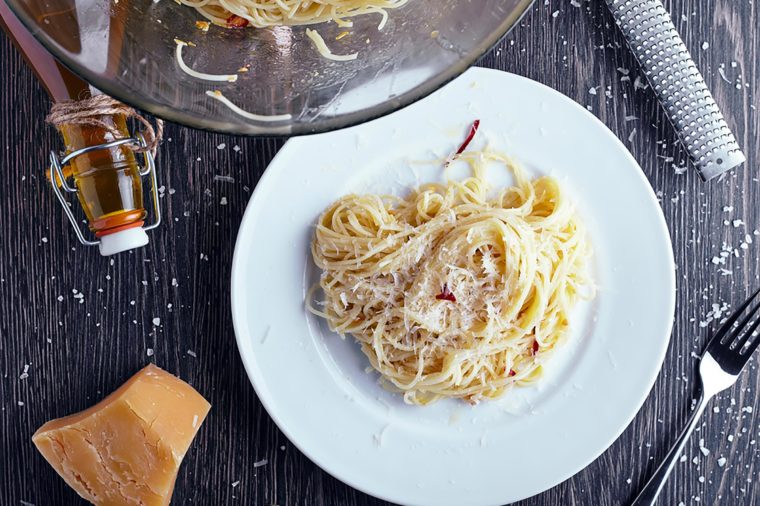
Eating from the wrong plate
Did you know that the plate you’re eating from actually affects how much you eat? Research shows that when you eat from a larger plate, you end up piling more food onto it. The result? You get tricked into overeating.
This trick is an optical illusion: When you only fill up half of a large plate, you feel like you’re not eating much—but the same amount of food on a smaller plate would look like a big portion.
The size of your plate isn’t the only thing tricking you, though. The color of your plate can also encourage you to eat more. If the color of your plate matches the color of your food—think mashed potatoes on a white plate—it can be hard to register how much food is really there, and studies show us that matching your plate to your food means you’ll serve yourself about 30 percent more!
How to fight back:
Serve yourself on salad plates and use smaller bowls instead of large dinner plates or huge pasta bowls. Stock your kitchen cupboards with plates of various colors and at your meal, choose dinnerware that contrasts with the food. You might even trick yourself into eating less!
The size of your utensils matter too: Eat with salad forks or coffee spoons rather than large utensils. The smaller your table setting, the bigger your meal will feel, so you’ll be less likely to overeat.




